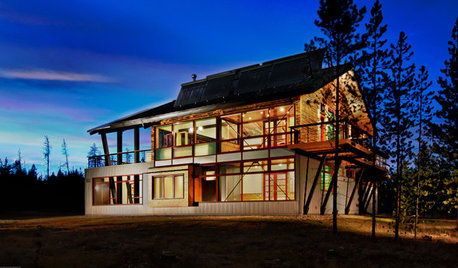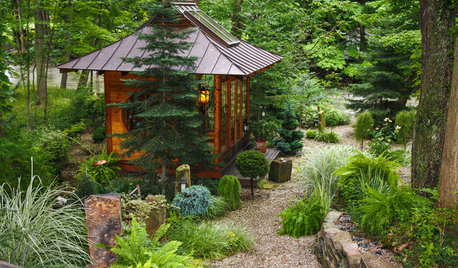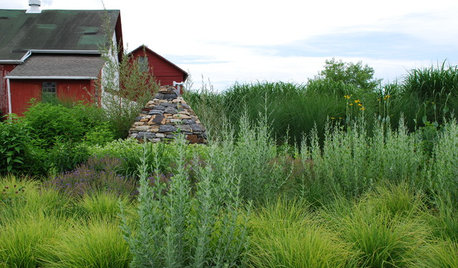Do these terms have a scientific meaning??
garyfla_gw
18 years ago
Related Stories

GREEN BUILDINGZero Net Energy: A Hardworking-House Term to Know
Homes that consume only as much energy as they produce by renewable means are a goal for builders. Learn what ZNE means for you
Full Story
DECORATING GUIDES13 Decorating Tips for Short-Term Renters
Mirrors, curtains, lamps and other features set a stylish tone you can take with you
Full Story
ARCHITECTURE10 Custom Doors That Uncover Meaning
Break out of the standard-door rut by learning a significance that few people ever consider
Full Story
LANDSCAPE DESIGNMysticism and Meaning Meet in an Ohio Artist’s Gardens
Step into landscape scenes rife with symbolism, inspired by math, philosophy and the stars
Full Story
LANDSCAPE DESIGNProblem Solving With the Pros: An Abundant Garden Stretches Its Means
Swaths of resilient, eye-catching plants thrive with little care or resources in the landscape of a Pennsylvania farmhouse
Full Story
REMODELING GUIDESContractor Tips: What Your Contractor Really Means
Translate your contractor's lingo to get the communication on your home project right
Full Story
COFFEE WITH AN ARCHITECTClassification of the Design Species
A scientific analysis of the diverse variety of species found in the world of design
Full Story
COFFEE WITH AN ARCHITECTA Primer on the Language of Design
An architect nobly attempts to educate clients about what certain architectural terms "really" mean
Full Story
DECORATING GUIDESPhoto Murals Expand Reality
Freed from its tacky past, photographic wallpaper gives a whole new meaning to the term 'accent wall'
Full Story
EARTH DAYGrow a Beautiful Garden With Ecofriendly Greywater
Reducing home water waste means lower bills and a healthier planet. Here's how to set up a greywater home irrigation system that can help
Full Story






Josh
garyfla_gwOriginal Author
Related Professionals
Hershey Landscape Architects & Landscape Designers · Wilmington Landscape Contractors · Berwyn Landscape Contractors · Del Aire Landscape Contractors · Fort Hunt Landscape Contractors · Los Banos Landscape Contractors · Milford Landscape Contractors · Old Saybrook Landscape Contractors · Ringwood Landscape Contractors · Sun City Center Landscape Contractors · Yuba City Landscape Contractors · Suisun City Landscape Contractors · Green Valley Fence Contractors · Novato Fence Contractors · Whittier Fence Contractorsnazanine
pineresin
garyfla_gwOriginal Author
Josh
nazanine
garyfla_gwOriginal Author
pineresin
albert_135 39.17°N 119.76°W 4695ft.
garyfla_gwOriginal Author
sangam
supermowglee
supermowglee
garyfla_gwOriginal Author
garyfla_gwOriginal Author
garyfla_gwOriginal Author
Josh
garyfla_gwOriginal Author